n a monumental step forward for artificial intelligence, China’s Moonshot AI has unveiled Kimi K2, an open-source language model boasting a staggering 1 trillion parameters. Built on a mixture-of-experts (MoE) architecture, Kimi K2 isn’t just another AI model. It signals China’s serious ambition to become a dominant force in AI innovation and open-source leadership. According to early performance benchmarks, Kimi K2 rivals, and in some areas even outperforms, the world’s leading models such as OpenAI’s GPT-4.1—especially in math and programming tasks.
This development is not merely technical; it is strategic. It reshapes the competitive landscape of AI globally and raises important questions about governance, data ethics, innovation access, and geopolitical dynamics in the era of large language models (LLMs).
What is Kimi K2?
Kimi K2 is the latest iteration of Moonshot AI’s Kimi family, and what sets it apart is its massive size and novel architecture. The model uses a Mixture-of-Experts (MoE) approach, which allows different parts (experts) of the model to be activated depending on the task. This architecture improves efficiency and performance without requiring the entire trillion-parameter network to be used every time.
Key Highlights:
- 1 Trillion Parameters: One of the largest models globally.
- Mixture-of-Experts (MoE): Selective activation of experts during inference.
- Open-Source: Unlike GPT-4 and other proprietary models, Kimi K2’s architecture and performance details are publicly shared, encouraging research and development.
- Focus Areas: Strong performance in logical reasoning, math, and programming, areas typically difficult for even the most advanced LLMs.
Why It Matters: The Global AI Arms Race
AI is no longer just about technological advancement. It has become a geopolitical lever. The release of Kimi K2 demonstrates China’s willingness to be transparent and open-source a model that rivals even the most tightly guarded tools from the West.
1. Strategic Autonomy: China has consistently pushed for AI independence. Models like Kimi K2 are part of a long-term vision to reduce dependence on U.S.-led AI firms. By open-sourcing Kimi K2, China gains global recognition and participation in shaping foundational technologies.
2. Innovation through Competition: Open-source releases often spark rapid innovation. Just as Meta’s LLaMA models accelerated independent development worldwide, Kimi K2 could democratize powerful capabilities and drive AI research forward, particularly in Asia.
3. Agentic Behavior: What’s particularly remarkable is Kimi K2’s ability to exhibit early-stage agent-like capabilities. This means it can complete complex, multi-step tasks with high levels of autonomy—a stepping stone toward Artificial General Intelligence (AGI).
Performance Benchmarks
Independent evaluations suggest Kimi K2 excels in tasks involving logic, reasoning, and structured data inputs.
Coding:
- Outperforms GPT-4.1 in standard coding benchmarks like HumanEval.
- Demonstrates strong debugging and code optimization capabilities.
Mathematics:
- Scores higher on datasets such as MATH and GSM8K.
- Can solve step-by-step mathematical problems with greater accuracy.
Language Tasks:
- Comparable fluency to GPT-4.1
- Slightly lower in creative storytelling but better at factual summarization.
Open Source but Not Without Caution
Despite being open-source, many international observers have raised concerns about the risks associated with using tools developed under Chinese regulatory environments. These concerns range from data integrity to potential backdoors, misuse in disinformation campaigns, and lack of transparency in training data.
Still, the open-source nature allows independent auditing and sandbox experimentation—important factors in building trust across the AI community.
The Ethical Crossroads: Innovation vs. Regulation
Kimi K2 presents a powerful case for open-source collaboration but also underscores the need for globally aligned ethical frameworks.
Concerns Include:
- Training Data Bias: Unknown sources and potential censorship.
- Privacy Risks: Especially in countries with weak data governance.
- Dual-Use Applications: Military and surveillance uses of advanced LLMs.
A global AI governance framework could help mitigate these risks while preserving the benefits of collaborative innovation.
The Future of Open-Source LLMs
Kimi K2’s release is likely to inspire other governments and firms to accelerate their open-source efforts. We might see:
- Rise of Regional AI Alliances: Similar to semiconductor alliances, we could see shared open-source AI ecosystems.
- Proliferation of Lightweight MoE Models: Making trillion-parameter power accessible on lower hardware specs.
- Advances in Agentic AI: Moving closer to generalist systems that can independently reason, plan, and execute.
Conclusion: A Tectonic Shift in the AI Landscape
With the launch of Kimi K2, Moonshot AI has placed China at the forefront of open-source LLM innovation. The model challenges existing benchmarks and accelerates the push toward agent-like intelligence. Whether viewed as a competitor, collaborator, or cautionary tale, Kimi K2 represents a significant turning point in the global AI race.
This moment is not just about which model is smartest. It’s about who will define the ethics, standards, and benefits of next-gen AI—and whether openness can truly be global.
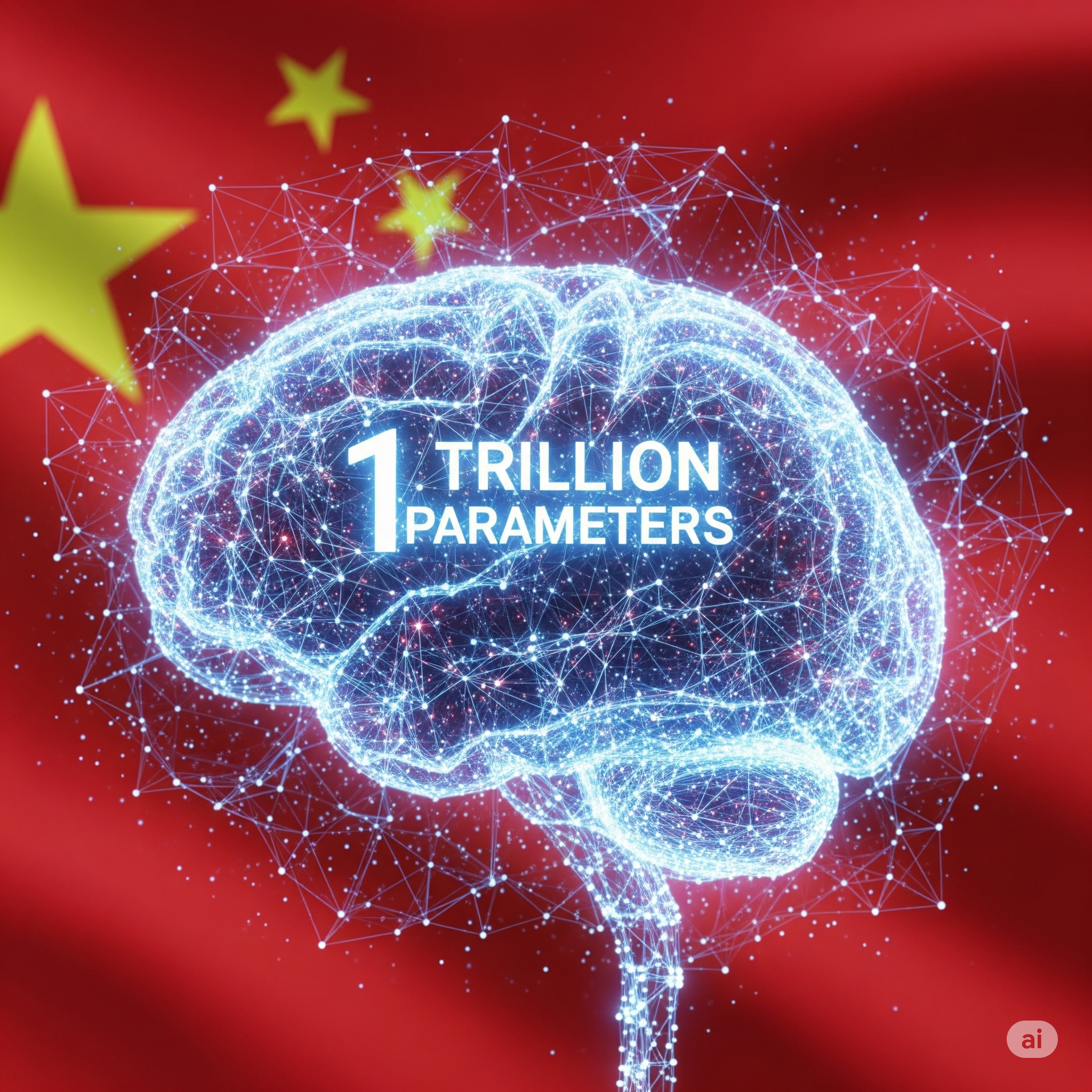
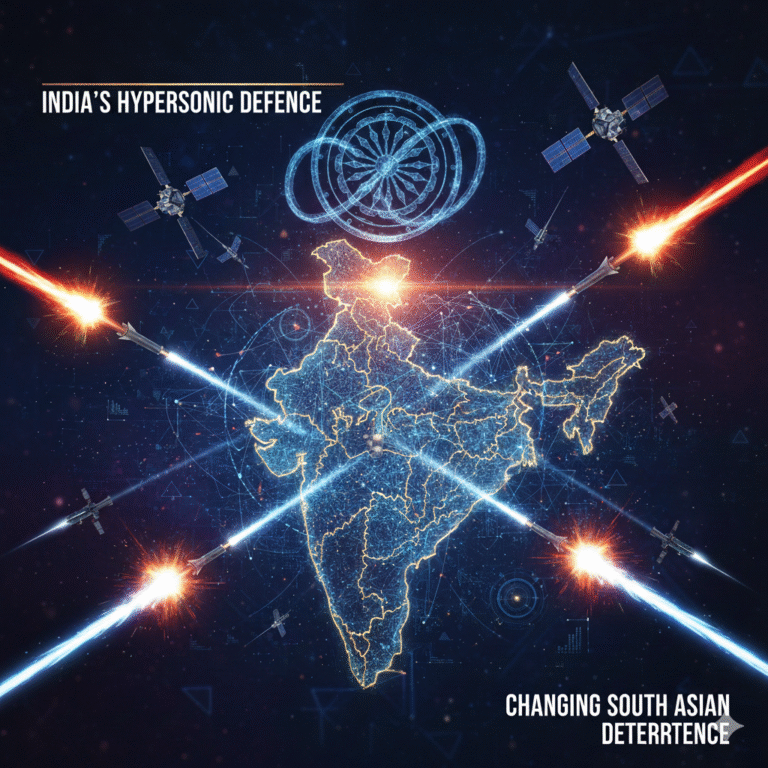

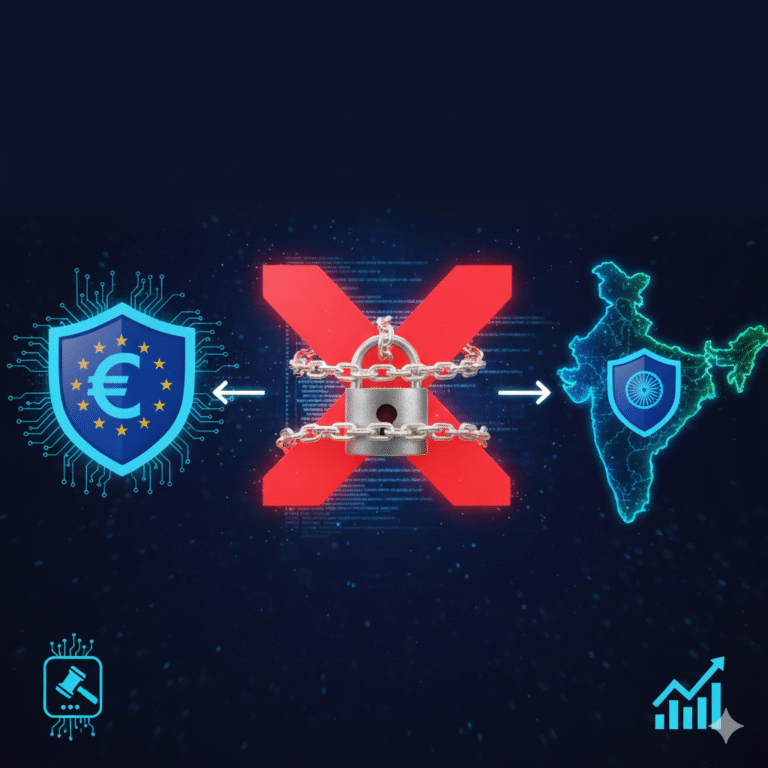

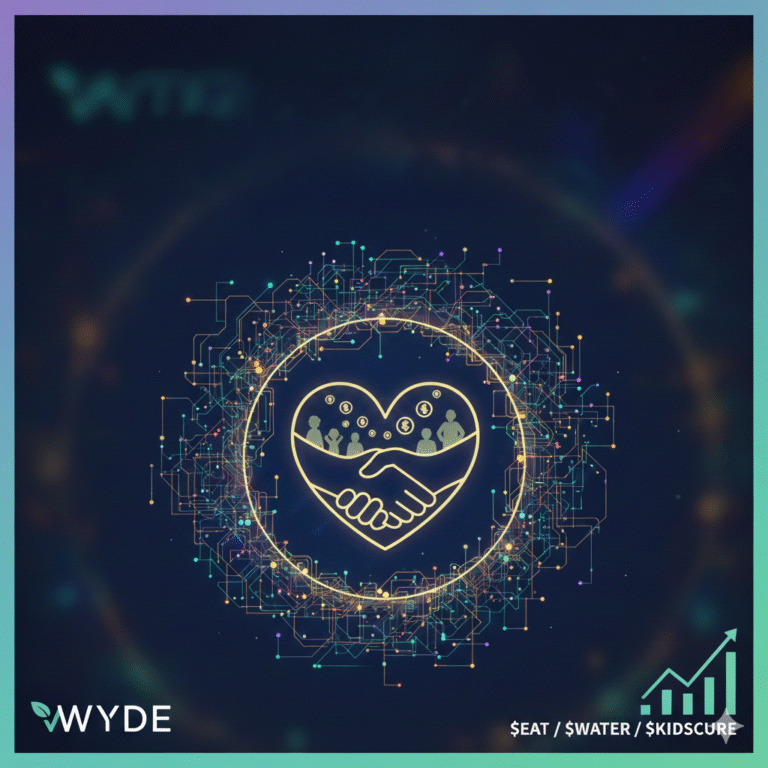

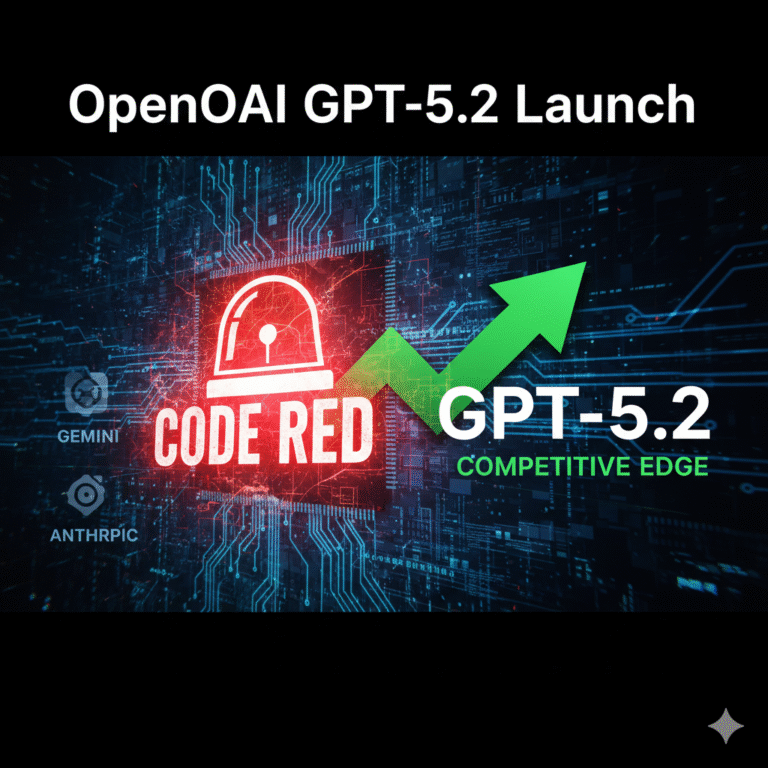
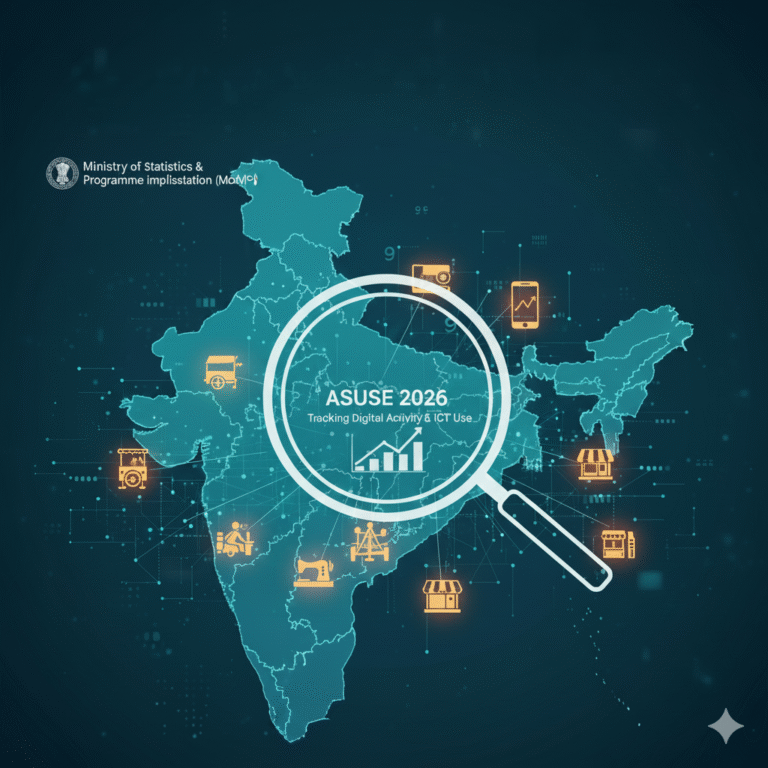
+ There are no comments
Add yours